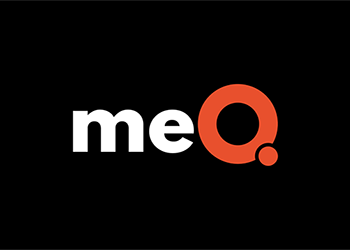Many of us spend months or even years yearning for our wishes to come true. Maybe you long to write a novel, learn the tango, or take a fabulous vacation. But that’s where they stay—distant hopes and dreams. So, what’s the key to actually fulfilling them?
It doesn’t involve a magic lantern or clicking your heels together. The key? Utilizing an evidence-based tool called WOOP. An acronym for Wish, Outcome, Obstacle, and Plan, WOOP, studies show, can help all kinds of people make positive changes in their lives by anticipating obstacles and creating a specific, rock-solid plan. Here’s how to use this special technique to make your wishes come true:
Step 1: Identify Your Wish
According to research by Gabriele Oettingen, Ph.D., a professor of psychology at New York University and author of “Rethinking Positive Thinking: Inside the New Science of Motivation,” our wishes emerge from our innermost needs. As she notes in her book, “it might be a deep-seated wish that has been lying dormant or has been pushed aside in [your] consciousness.”
How to do it: To identify your most heartfelt wish, find a quiet space, close your eyes, and tune inward. Ask yourself what will make you happy and what will bring you joy? Look to any area of your life, from work to your health. Whether it’s changing careers or building more connected relationships, your wish should be both deeply meaningful and one that you can fulfill.
Step 2: Visualize the Outcome
Visualization is a powerful tool that’s proven to help build confidence and motivation, increasing your ability to make your wish come true.
How to do it: Picture yourself realizing your wish. How do you feel? What is the best outcome? Use imagery that’s as realistic as possible by including sights, sounds, feelings, and even smells. Go back to these visualizations whenever you need a boost.
Step 3: Uncover the Obstacle
When it comes to manifesting our dreams and making exciting big changes, we tend to throw up obstacles that block the way, whether out of fear or just not believing in ourselves. The key is to uncover the belief, behavior, or emotion that’s holding us back. According to Oettingen, this obstacle is typically the obstacle for other wishes, too.
How to do it: Take a moment to identify what’s standing in your way, whether by sitting quietly, journaling, or talking to a friend. For example, you might think you don’t have what it takes to write a novel. You might feel guilty spending time on a personal project.
Step 4: Make Your Plan
Now, it’s time for action! The key to a successful wish-fulfilling plan? Identifying how you’ll overcome your obstacle head-on. Another critical part of enacting any kind of change? Breaking that big wish down into smaller goals and adding specific action steps for each part of the process. Called “the progress principle,” this technique lessens the overwhelm of big dreams and projects by taking “a big wins with small gains” approach.
How to do it: To address your obstacle, come up with an “If, then” statement, such as: “If I think there’s no time to write, then I’ll remind myself that I can make time for the things that matter most.” Write the statement down, post it on your bathroom mirror, and remind yourself of it regularly. It will keep you moving when self-doubt and sabotaging behaviors want to creep back in.
Next, break down that big wish, creating a do-able 3-6 month goal. For example, your big dream is to write a book, but the 3-6 month goal would be to complete the first three chapters. From there, create specific action steps, such as: “On Monday, Wednesday, and Thursday, I will write for one hour after work with the goal of writing 1500 words a week.”
Your wishes don’t have to remain unrealized desires. By using these science-backed strategies, you’ll make your meaningful wish come true—and enjoy a more fulfilling life.
